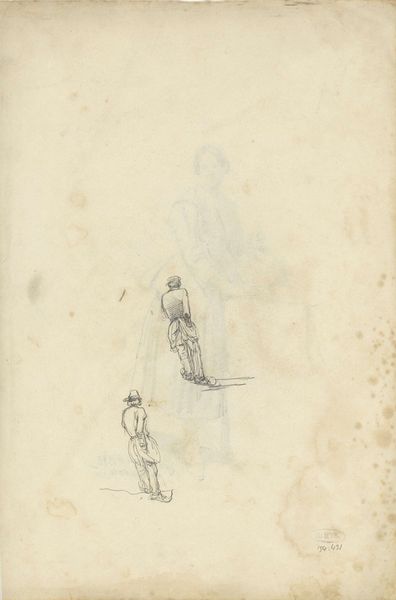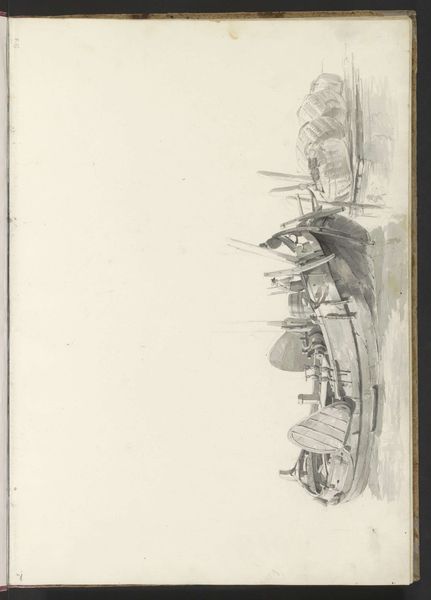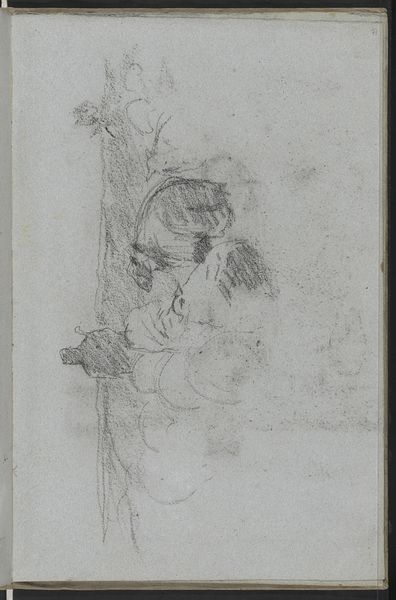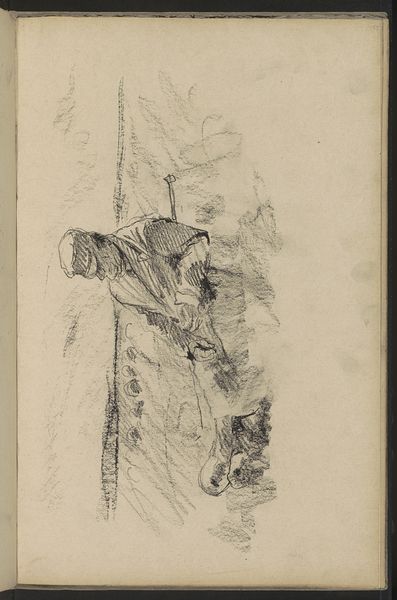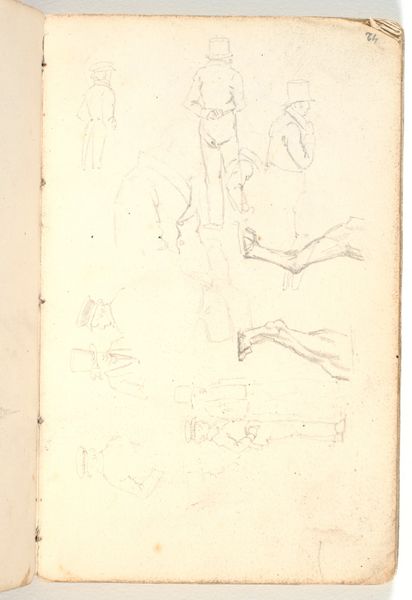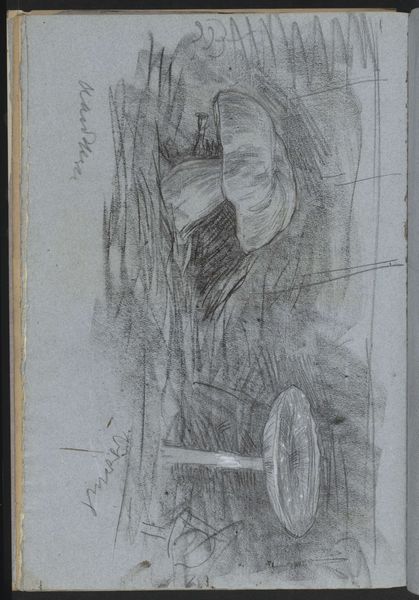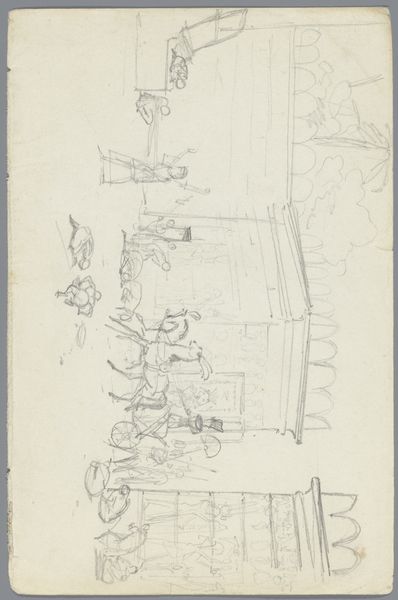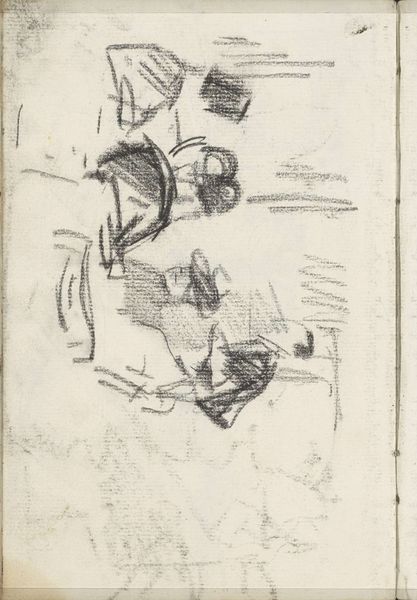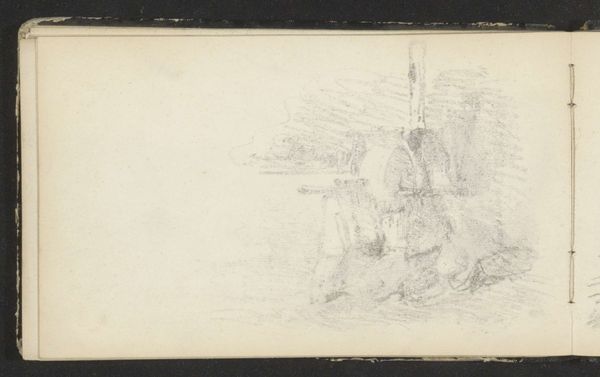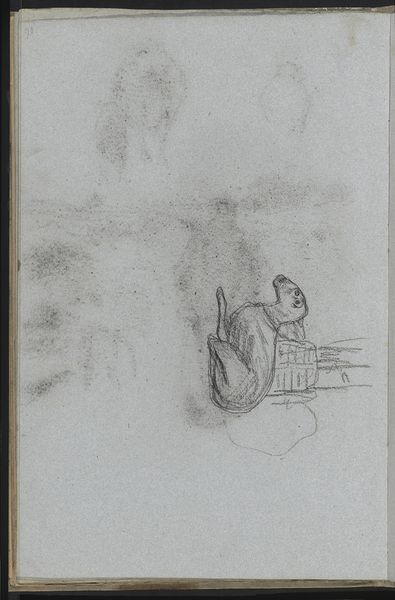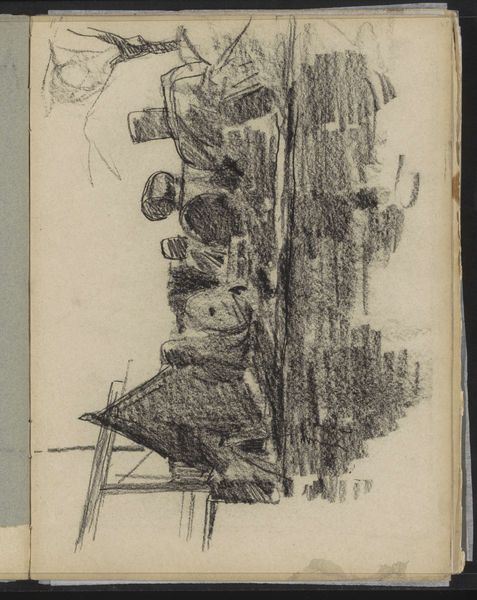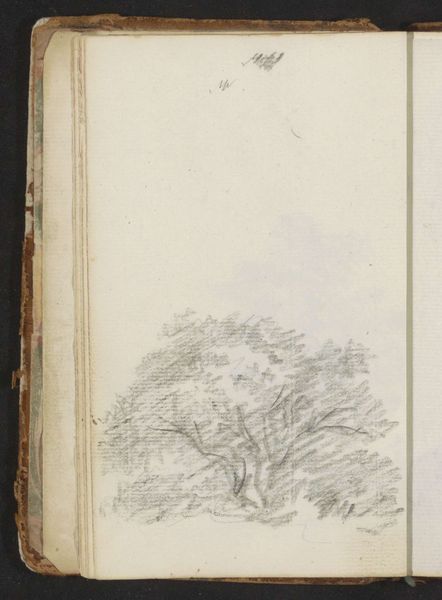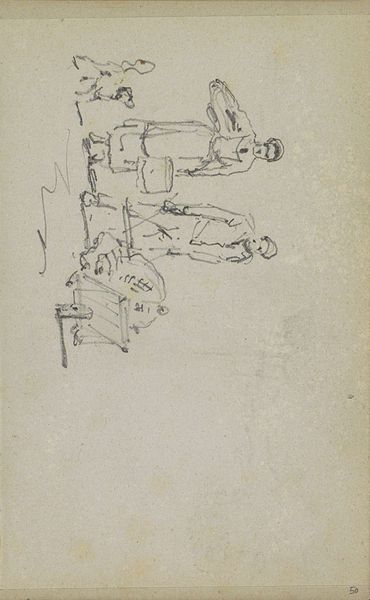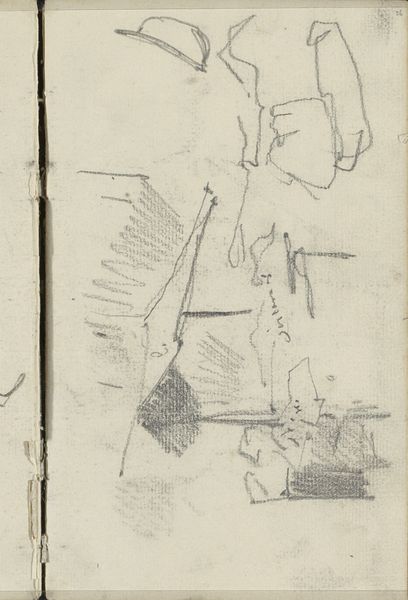
drawing, paper, pencil
#
drawing
#
dutch-golden-age
#
impressionism
#
landscape
#
figuration
#
paper
#
pencil
#
sketchbook drawing
#
genre-painting
Copyright: Rijks Museum: Open Domain
Willem Witsen made this pencil drawing, 'Mannen en vrouwen op het land,' which translates as 'Men and Women on the Land,' at an unknown date, and now it sits in the Rijksmuseum. At first glance, we see a scene of labor, figures bent over in what appears to be a field. What might this image tell us about the social and economic structures of the Netherlands at the turn of the century? Witsen was part of the Amsterdam Impressionism movement, which focused on depicting everyday life. Unlike the French Impressionists, the Amsterdam school often turned its attention to the working class. How does Witsen represent the laboring body? Is there a sense of dignity, or does the sketch emphasize the hardship of rural life? To understand this work better, we could look into the economic conditions of agricultural workers in the Netherlands during Witsen's time. Archival records, personal letters, and even literature can offer insights into the lives of those who toiled on the land. The meaning of art is always contingent on its social and institutional context.
Comments
No comments
Be the first to comment and join the conversation on the ultimate creative platform.
